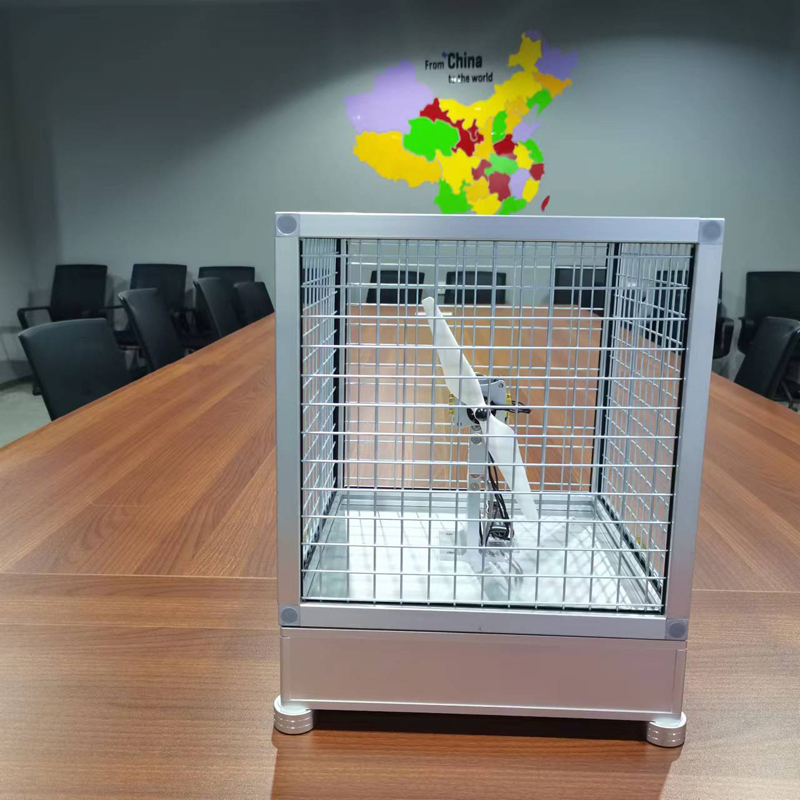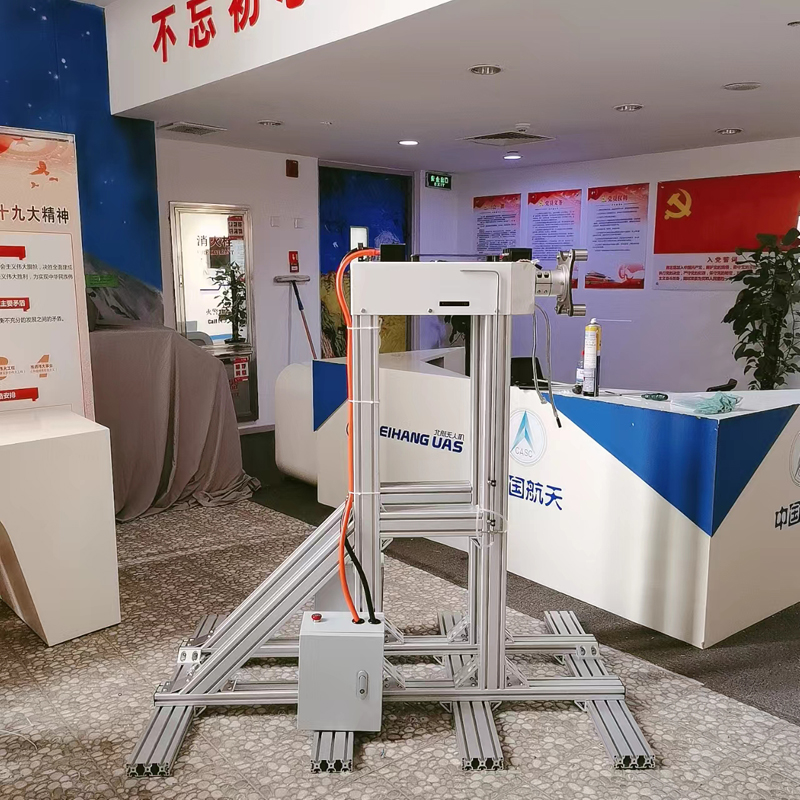Jul. 23, 2022
You must first ask yourself, what are your, or your end user’s needs? This question is important as it will help you know which parameters to optimize.
● Do you want to fly longer to film uninterrupted for longer periods?
● Do you want to carry a larger payload?
● Do you need more thrust and power to go faster, or to improve handling in strong winds?
● Do you have overheating problems and your application requires you to minimize failure rate?
The final choice of power system depends not only on the airframe and payload, but also on your application.

To fully characterize a motor, you need to measure the following parameters.
● Voltage (V)
● Current (A)
● Throttle input (%)
● Motor load or torque (Nm)
● Speed (RPM)
For extracting useful propeller data, you need to measure the following parameters:
● Speed (RPM)
● Torque (Nm)
● Thrust (g)
● Mechanical power (Watts) = Torque (Nm) * Speed (rad/s) ← same as the motor
● Propeller efficiency (g/Watts) = Thrust (g) / Mechanical power (Watts)
Notice that the mechanical power is the same for the motor and propeller. That is because all the motor’s mechanical power output goes into the propeller, since it is directly coupled to the motor’s shaft.
The overall performance of the system depends on a well balanced combination of motor and propeller. Your system will be very inefficient if these two parts don’t match well together. Because these parts have a common link (the shaft), the overall system efficiency is calculated as:
System efficiency (g/Watts) = Propeller efficiency (g/Watts) * Motor Efficiency
Where the system efficiency is in grams per watts of electrical power. Changing the motor, propeller, or even switching to another ESC will all contribute to changing this calculated system efficiency.
Moreover, the efficiency value will only be valid for a specific command input and mechanical load. In practice, this means that you will test your motor over a range of command inputs and with multiple propellers to vary the mechanical load.

In summary, you need to simultaneously record voltage, current, torque, thrust, and motor speed, while at the same time controlling the motor’s throttle. By combining these readings you can extract the electrical and mechanical power, which in turn will give you the efficiency values.
For now, we will only cover static tests (we won’t talk about dynamic tests involving angular acceleration, estimating stall torque, etc…). Before starting your tests, we recommend:
● Installing your propeller in pusher configuration, to reduce ground effects with the motor mounting plate
● Have a reasonable distance between the propeller and other objects, again, to avoid ground effects
● Having all safety measures in place to protect the people in the same room
● Configuring your dynamometer to automatically cutoff the system should any parameter exceed its safe limit.
A simple but effective test consists of ramping up the throttle in small steps, and recording a sample after every step. Before taking the sample at each step, allow the system to stabilize for few seconds.
For more information, feel free to contact us.
E-mail: sandy@wing-flying.com
Add.: 7th Floor, B2#,Animation Building, Sino-Singapore Tianjin Eco-City